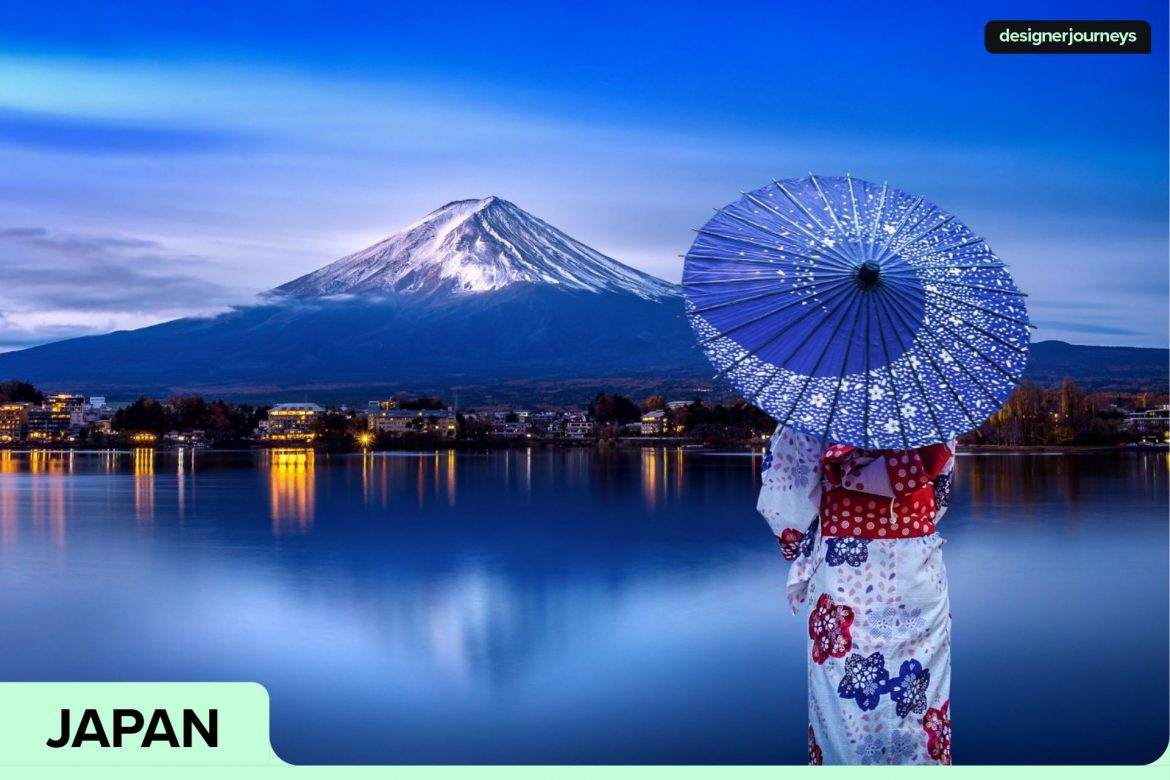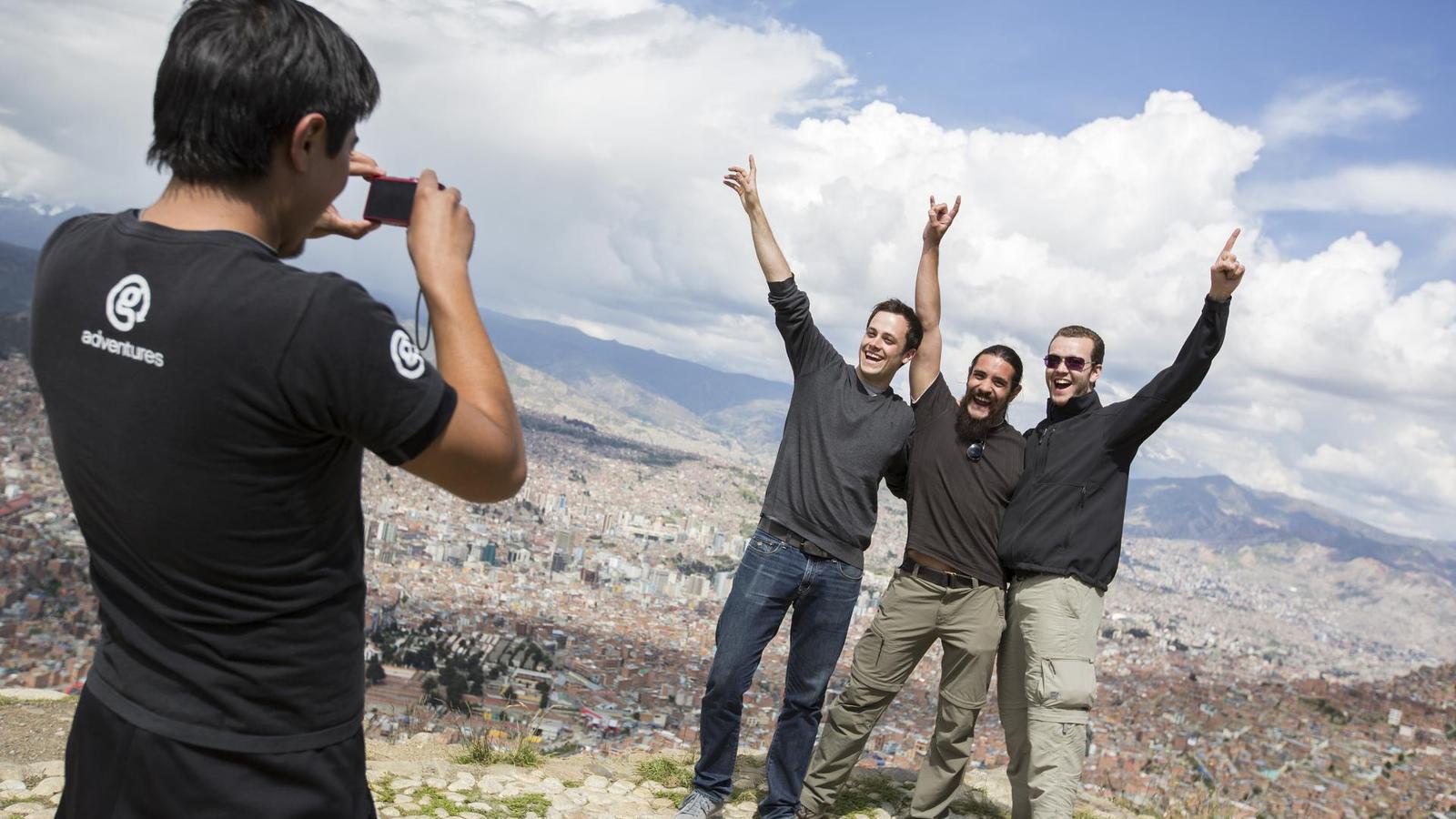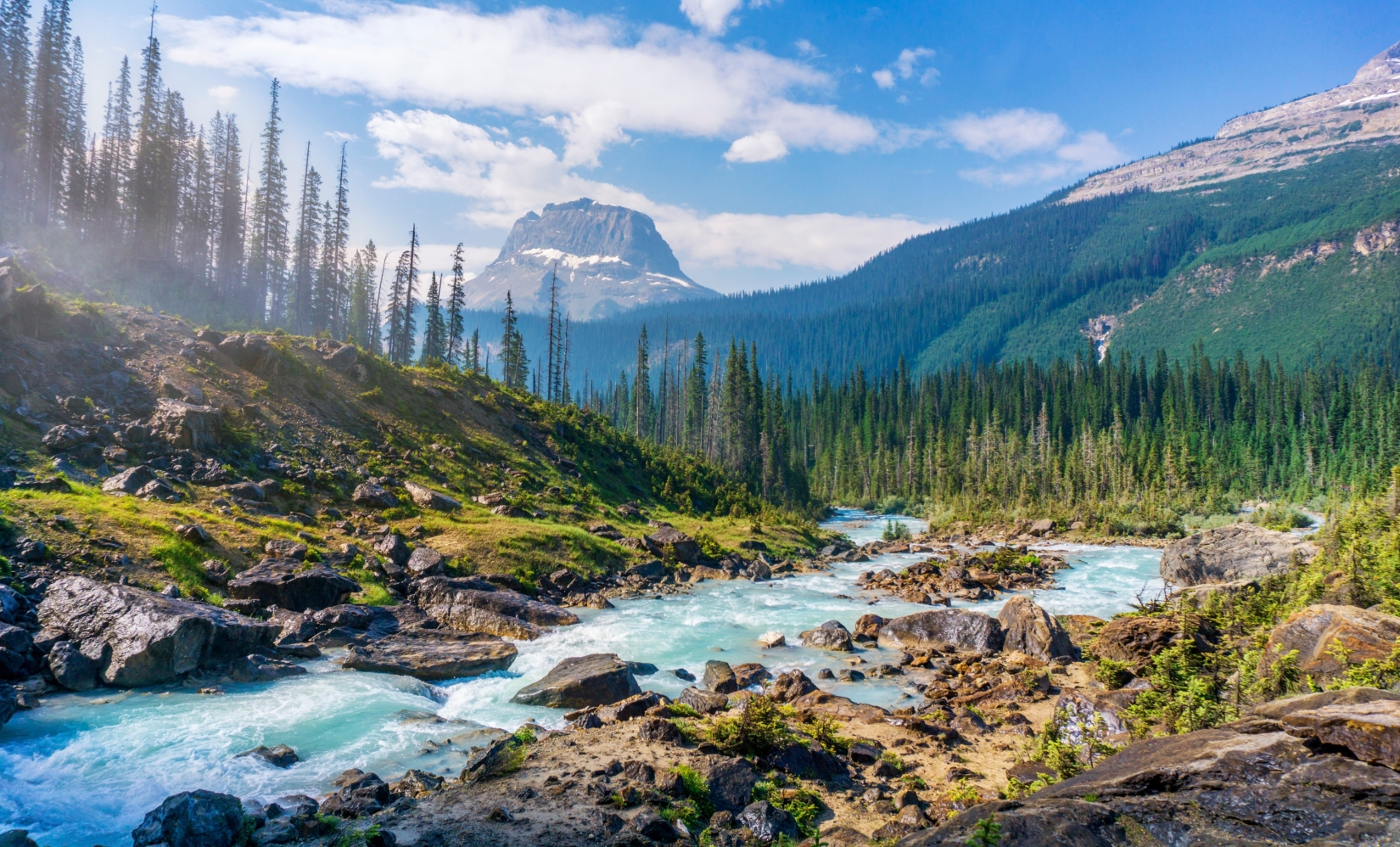Exploring Cultural Activities in Tourist Itineraries: Museums and Festivals Around the World

Uncovering the World’s Cultural Tapestry
Traveling is not just about visiting new places; it’s about immersing oneself in cultural activities that reveal the essence of a destination. Museums and festivals serve as vibrant windows into the traditions, art, and history of different cultures, captivating hearts and minds of travelers. Whether you are an art enthusiast or a history buff, there’s something for everyone to discover. Engaging with these cultural touchstones allows travelers to connect more deeply with the places they visit, often leading to transformative experiences.
Why Museums and Festivals Matter
Museums and festivals play a vital role in enriching the travel experience. Here’s why they should be included in every tourist itinerary:
- Cultural Insight: Museums offer curated collections that tell the stories of local customs and heritage. For instance, the National Museum of American History in Washington, D.C., not only showcases artifacts from the country’s past but also provides narratives around the evolution of American culture, from its indigenous roots to modern-day achievements.
- Artistic Expression: Festivals bring communities together through diverse forms of artistic expression. The Coachella Valley Music and Arts Festival in California exemplifies this, showcasing a wide variety of music genres while also featuring large-scale art installations, creating a festival atmosphere that celebrates creativity and innovation.
- Community Engagement: Experiencing cultural festivals allows visitors to interact authentically with locals and immerse themselves in traditions. Attending the Albuquerque International Balloon Fiesta offers travelers the chance to engage with balloonists from around the world, while also enjoying local cuisine and entertainment that reflect the rich heritage of New Mexico.
From the Smithsonian museums in Washington, D.C., to the vibrant streets of Rio de Janeiro during Carnival, the world is filled with remarkable cultural treasures waiting to be explored. Festivals celebrate everything from music and food to ancient rituals, turning cities into lively cultural hubs. For example, the La Tomatina festival in Spain exemplifies this energy, as locals and tourists alike engage in a playful tomato fight, originating from a deep-rooted local tradition.
Destination Highlights
Consider adding these cultural experiences to your travel plans:
- The Louvre in Paris – A masterpiece of art and history, home to iconic works such as the Mona Lisa, where visitors can marvel at the depth of human creativity through centuries.
- The Edinburgh Festival Fringe – A world-renowned arts festival in Scotland, showcasing thousands of performances across various genres, encouraging artistic experimentation and offering a platform for emerging talents.
- The Great Wall of China – A historical marvel showcasing ancient architecture; walking along its expanse provides insights into China’s imperial past and highlights the grandeur of its engineering achievements.
Embarking on cultural journeys through museums and festivals not only broadens horizons but also creates lasting memories. Each experience is unique and often serves as a reminder of the world’s shared humanity. Dive in and explore the diverse cultural landscape that awaits you across the globe, for within every journey lies a story waiting to be discovered.

DISCOVER MORE: Click here for family-friendly itinerary tips
Diving Deeper into Cultural Encounters
The exploration of cultural activities through museums and festivals offers travelers remarkable insights that go beyond the surface level of a new destination. These experiences facilitate a deeper understanding of local life and heritage, providing context and meaning to the vibrant atmospheres of cities and towns. As we journey through various corners of the globe, we uncover the myriad cultural expressions that shape societies and create bonds among residents and visitors alike.
The Role of Museums in Cultural Education
Museums are invaluable resources for tourists seeking to enrich their understanding of a place. They serve as custodians of history, gathering artifacts and narratives that may not otherwise be accessible. Consider renowned institutions like the British Museum in London, which houses a treasure trove of artworks and antiquities from ancient civilizations, illustrating the extensive human history that transcends borders. From the Rosetta Stone to the Elgin Marbles, each exhibit provides a storytelling canvas that invites reflection and sparks curiosity.
In the United States, the Metropolitan Museum of Art in New York City stands as a beacon of artistic expression, featuring collections that span thousands of years. Visitors can witness firsthand the evolution of art movements, ranging from the classics of ancient Egypt to contemporary pieces that challenge societal norms. The museum provides not just visual appeal, but also educational programming that heightens appreciation and understanding of artistic significance.
Festivals: A Celebration of Community and Tradition
Festivals, on the other hand, burst with life and energy, creating a participatory atmosphere that draws in travelers. They embody the spirit of a community and are often linked to significant historical or seasonal events. For example, the Dia de los Muertos (Day of the Dead) in Mexico is a vibrant blend of tradition and spirituality, where families honor their deceased loved ones through colorful altars, food offerings, and lively parades. This festival not only showcases local customs but also invites visitors to engage in a unique cultural experience that fosters understanding and appreciation.
Similarly, the Holi Festival in India celebrates the arrival of spring and the triumph of good over evil, with participants joyfully throwing colors at one another amidst spirited music and dance. This joyous celebration allows tourists to witness a powerful cultural ritual while embracing the inclusive values of love and forgiveness central to Indian society.
Essential Cultural Events for Your Itinerary
When planning your next adventure, consider including the following cultural experiences in your itinerary:
- The Vatican Museums – A must-visit for art lovers, these museums house the Sistine Chapel and a breathtaking array of Renaissance art that epitomizes religious devotion and artistic achievement.
- The Rio Carnival – This iconic festival, known for its extravagant parades and samba music, attracts millions of visitors each year, allowing them to experience Brazil’s rich cultural heritage in all its glory.
- The Louvre Night Tours – For a unique experience, visit the Louvre after hours for a quieter, more intimate ambiance that enhances your appreciation for its artistic masterpieces.
Incorporating museums and festivals into your travel plans not only broadens your cultural horizons but also allows for meaningful connections that enhance your overall journey. Each cultural activity offers a unique lens into the diverse tapestry of human experience, and these interactions create lasting memories that resonate long after the trip has ended.
Exploring Cultural Activities in Tourist Itineraries: Museums and Festivals Around the World
As travelers increasingly seek enriching experiences, cultural activities such as museums and festivals have become integral components of tourist itineraries. These activities not only connect visitors with the local traditions and history but also provide an immersive insight into the cultural fabric of the destination. By highlighting key festivals and renowned museums, this section explores how these cultural touchpoints enhance travel experiences and foster a deeper appreciation for diversity.
Museums are treasure troves of history, art, and science, often serving as cultural landmarks that tell the story of a region. From the {{Louvre Museum}} in Paris, showcasing centuries of artistic brilliance, to the {{Metropolitan Museum of Art}} in New York City, which houses vast collections from around the globe, museums offer diverse narratives that captivate both tourists and locals alike. Visiting such institutions supports the preservation of heritage while contributing to educational tourism.
Conversely, festivals provide a lively and colorful atmosphere that draws people together to celebrate regional customs, foods, and traditions. Events like the {{Rio Carnival}} in Brazil attract millions with their vibrant parades, samba music, and dance. Similarly, the {{Oktoberfest}} in Germany is not just about beer; it embodies Bavarian tradition with food, music, and local craftsmanship. These festivities embody a cultural exchange, showcasing the pride of local communities while providing visitors with unforgettable experiences.
Integrating visits to museums and participating in festivals into tourist itineraries enhances the depth of travel by offering a blend of education and entertainment. Travelers who embrace these cultural activities often return home enriched, having experienced a unique aspect of the local culture that goes beyond mere sightseeing. As tourism continues to evolve, the emphasis on cultural activities is likely to grow, inviting travelers to embark on journeys of exploration and discovery.
| Category | Benefits |
|---|---|
| Museums | Facilities that preserve and present art, history, and culture. |
| Festivals | Events that celebrate local traditions, encouraging cultural immersion. |
As we delve deeper into cultural tourism, recognizing the significance of museums and festivals will inspire travelers to broaden the horizons of their itineraries, enriching every journey. Whether it’s exploring art in a gallery or dancing in the streets during a festival, these experiences are what truly make travel memorable.
DIVE DEEPER: Click here to uncover more insights
Embracing Local Heritage Through Experiences
The world is filled with rich cultural heritage, and engaging with museums and festivals provides tourists a genuine taste of what makes each destination unique. While every museum tells its own story through artifacts, exhibitions, and educational initiatives, festivals offer an exciting avenue for visitors to participate in the living culture of a community. Immersing oneself in these experiences reveals both the historical context and the contemporary relevance of cultural traditions.
Interactive Experiences in Museums
Modern museums are increasingly adopting interactive approaches to enhance engagement. The Smithsonian National Museum of American History in Washington D.C. invites visitors to step back in time through immersive exhibits that capture the essence of American culture. From the original Star-Spangled Banner to the artifacts of the civil rights movement, guests can touch, listen, and engage with history in a tangible way. The hands-on approach is designed not only to educate but also to inspire critical thinking about cultural narratives.
Another standout example is the Van Gogh Museum in Amsterdam, where advanced technology meets art appreciation. Offering virtual reality experiences, visitors can step into Van Gogh’s world, gaining insight into his creative process and inspirations. Such innovative applications highlight the evolving role of museums in providing dynamic, memorable experiences rather than static displays of history.
Festivals as Cultural Showcases
When festivals bring people together, they create a vibrant tapestry of cultural expression. The Oktoberfest in Munich, Germany, for instance, is the world’s largest beer festival and a quintessential celebration of Bavarian culture. Tourists indulge in hearty German cuisine, traditional music, and lively performances, while locals passionately share their customs and regional pride. This festival exemplifies how cultural activities can foster intercultural connections and communal experiences that transcend language barriers.
In Asia, the Lantern Festival in Taiwan captivates thousands with its magnificent light displays and intricate lantern designs. Held annually on the fifteenth day of the Lunar New Year, this festival symbolizes the end of the Chinese New Year celebrations. Attendees can witness the breathtaking release of lanterns illuminating the night sky, carrying wishes and dreams within. This magical experience not only invites creative participation but also encourages exploration of deep-rooted cultural beliefs regarding hope and renewal.
Must-See Museums and Festivals in Your Travel Plans
To further enrich your upcoming journeys, consider adding these cultural gems to your itinerary:
- The Museum of Modern Art (MoMA) – Located in New York City, this museum features an extensive collection of modern and contemporary art, providing insight into significant art movements that continue to influence global culture.
- The Edinburgh Festival Fringe – Known as the world’s largest arts festival, the Fringe showcases countless performances ranging from theater to comedy, allowing visitors to engage directly with local and international talent.
- The Getty Center – Nestled in Los Angeles, this museum not only houses impressive collections of European paintings but also offers stunning architecture and spectacular gardens that reflect Southern California’s cultural landscape.
By exploring the cultural activities embedded in tourist itineraries, travelers embark on journeys marked by learning, appreciation, and shared experiences. Engaging with museums and festivals opens doors to understanding the intricate connections among people, their histories, and the art forms that celebrate their unique identities.
DISCOVER MORE: Click here for tips on planning short trip itineraries
Conclusion: The Cultural Tapestry of Travel
In summary, the exploration of cultural activities in tourist itineraries provides a profound understanding of diverse locales, enriching our travel experiences well beyond leisure and sightseeing. Cultural activities such as immersive museum exhibits and vibrant local festivals serve as gateways to the heart of each destination, allowing travelers to delve into the customs, histories, and artistic expressions that shape communities worldwide.
Museums continue to evolve by integrating technology and interactive elements that foster deeper engagement, while festivals celebrate the vibrancy of culture through shared joy and connection. Whether savoring authentic cuisine at Oktoberfest or marvelling at the brilliance of lantern displays during Taiwan’s Lantern Festival, visitors become part of living traditions that transcend time and language.
As travelers plan their next adventures, integrating museums and festivals into itineraries not only expands their appreciation for global cultures but also promotes sustainable tourism that supports local economies and traditions. By supporting these cultural institutions and events, tourists play a vital role in preserving heritage and fostering cultural exchanges.
Let curiosity guide your travel choices, and remember that each museum visited and each festival celebrated is an opportunity to connect, learn, and celebrate the rich tapestry of our planet’s cultural landscape. Embrace the diversity that cultural activities offer, and embark on journeys that resonate with authenticity and shared human experience.


